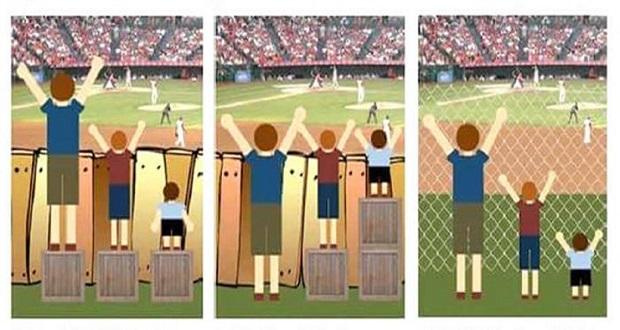International students. We take classes with them; we provide goods and services to them, and we welcome them into our country and our communities. However, are universities really doing enough to become inclusive and supportive of a population whose revenue they continue to rely on?
During the 2018-2019 school year, foreign college enrollment within the United States peaked at 1.1 million students. Not surprisingly, that number has dropped due to the COVID-19 pandemic. What should surprise universities, though, is that COVID-19 is not the sole reason for international student numbers decreasing.
The United States is experiencing record levels of anti-Asian racism as a side effect of the pandemic. With more than 70% of international students coming from Asia, this has had a trickle-down effect of discouraging international students from coming to the United States out of fear of being a victim of a hate crime simply because of the way they look, the language they speak, or their country of origin.
Higher education is one of the largest service exports in the United States and increased international student enrollments support not only our universities, but also the communities and businesses that rely on funds from college students to support their economic growth. In light of this, universities and colleges must do more to empower, uplift, and support our international student populations.
While there is no one-size-fits-all solution to this problem, each college and university must equip themselves to respond to issues that occur on both a macro scale (like the COVID-19 pandemic) and a more micro scale (racist hate speech or micro aggressions within the classroom).
While there's no one-size-fits-all solution to this problem, each college and university must equip themselves to respond to issues that occur on a macro scale (COVID-19 pandemic) and a more micro scale (racist hate speech within… Share on XOne idea to solve this problem is to establish working groups or communities of practice that bring relevant stakeholders together in order to rapidly respond to changes occurring within the higher education sector. This can also include external stakeholders like community-based organizations, nonprofit organizations or even governmental agencies that provide support services
Another solution is for universities to invest in sending staff to target foreign cities or countries with the express goal of educating local populations about what it is like to truly be an international student in the United States. This can include things like student testimonials, survey data or even promotional photographs or videos aimed at educating prospective students about each college’s unique programs, services or campus culture.
The fact of the matter is, the issue of how to best support our international students is not going away. Problems that were already present prior to the COVID-19 pandemic are now becoming exacerbated. Some colleges and universities will be able to adapt to these changes and challenges. For those who do, I suspect they will continue to find success building an international brand. For those schools who don’t adapt, they risk continued struggles recruiting, enrolling and retaining international students. Universities must become more agile in the face of these changes and challenges. Otherwise, international students debating study in the United States will continue to take a second look at other countries. Can you blame them? If you had the option of studying at a top tier university in Canada, versus the prospect of being racially targeted in the United States, which option would you choose?
The fact of the matter is, the issue of how to best support our international students is not going away. Problems that were already present prior to the COVID-19 pandemic are now becoming exacerbated. Share on X If you had the option of studying at a top tier university in Canada, versus the prospect of being racially targeted in the United States, which option would you choose? Share on X



















